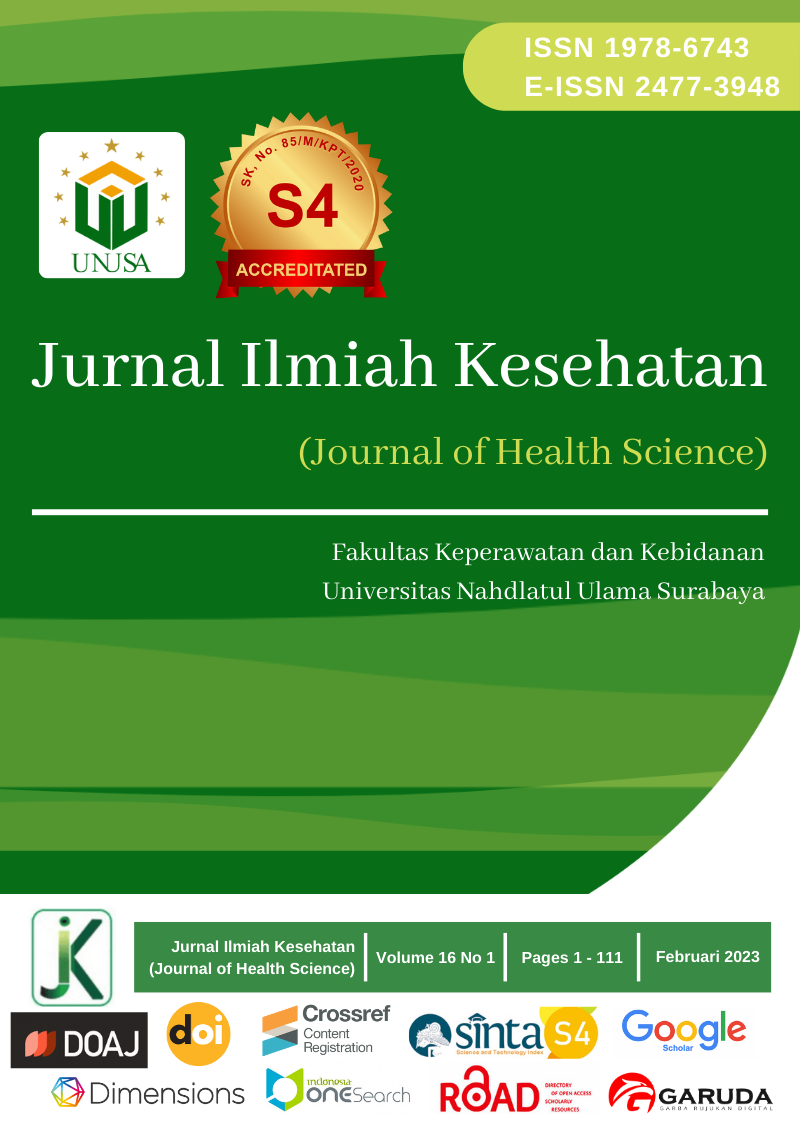Implementation of the 5S Work Attitude Using the Lean Six Sigma Method to the Performance Productivity of Medical Records Unit Officers of Arifin Achmad Hospital, Riau Province
Main Article Content
Abstract
5S (Simplify, Straighten, Scrub, Stabilize, Sustain) is a simple system that can increase employee productivity. The application of the 5S work attitude in the storage unit of the Arifin Achmad Hospital medical record unit has not been implemented properly. The general purpose of this study is to determine the application and relationship of 5S work attitudes using the lean six sigma method to the productivity of the medical record unit officer. This study uses a qualitative approach with other data analysis models according to the type and purpose of the study. Data analysis in this study used the DMAIC (Define, Measure, Analyze, Improve, and Control) cycle which was adapted to the 5S work attitude method. DMAIC is a performance improvement cycle process based on data collected. The results of the problem analysis using the FMEA (Failure Mode & Effect Analysis) method show that there were 3 problems / defects that frequently occur, namely incorrect stacking with an RPN (Risk Priority Number) value of 147 (17%), delays in returning medical record documents from inpatients ward with an RPN (Risk Priority Number) value of 112 (30%), and distribution errors of medical records to another outpatient department with an RPN value of 70 (38%). The results of observations and in-depth interviews showed that the overall 5S work attitude has not been applied properly to the officer of medical record unit storage section. The application of 5S work attitudes related to 3 priority problems that occur in the storage section has a relationship with employee productivity.
Downloads
Article Details
Copyright (c) 2023 Tania Puteri Millenia, Muhammad Firdaus, Bobi Handoko

This work is licensed under a Creative Commons Attribution-ShareAlike 4.0 International License.
References
Bhat, S., Antony, J., Gijo, E. V, & Cudney, E. A. (2020). Lean Six Sigma for the healthcare sector: a multiple case study analysis from the Indian context. International Journal of Quality & Reliability Management, 37(1), 90–111. DOI: https://doi.org/10.1108/IJQRM-07-2018-0193
Furterer, S. L. (2014). Lean six sigma case studies in the healthcare enterprise. Springer. DOI: https://doi.org/10.1007/978-1-4471-5583-6
Iswanto, A. H. (2019). Lean Implementation in Hospital Departments: How to Move from Good to Great Services. CRC Press. DOI: https://doi.org/10.4324/9780429032288
Mahendradhata, Y., Andayani, N. L. P. E., Hasri, E. T., Arifi, M. D., Siahaan, R. G. M., Solikha, D. A., & Ali, P. B. (2021). The capacity of the Indonesian healthcare system to respond to COVID-19. Frontiers in Public Health, 9, 649819. DOI: https://doi.org/10.3389/fpubh.2021.649819
Natasha, A. (2020). Pengaruh Implementasi 5S terhadap Efektivitas Pekerja Bagian Rekam Medik di Rumah Sakit TK II Putri Hijau Medan. Universitas Sumatera Utara.
Nursalam. (2016). Metodologi Penelitian Ilmu Keperawatan. Salimba Medika.
Soemohadiwidjojo, A. T. (2017). Six Sigma Metode Pengukuran Kinerja Perusahaan Berbasis Statistik. Raih Asa Sukses.
Suhartina, I., & Fransiskus, W. (2018). Analisis Penggunaan Kembali Map Rekam Medis dalam Upaya Memperoleh Efisiensi Biaya di Siloam Hospitals Surabaya. Jurnal Kesehatan Vokasional, 3(2), 53–61. DOI: https://doi.org/10.22146/-.38613





